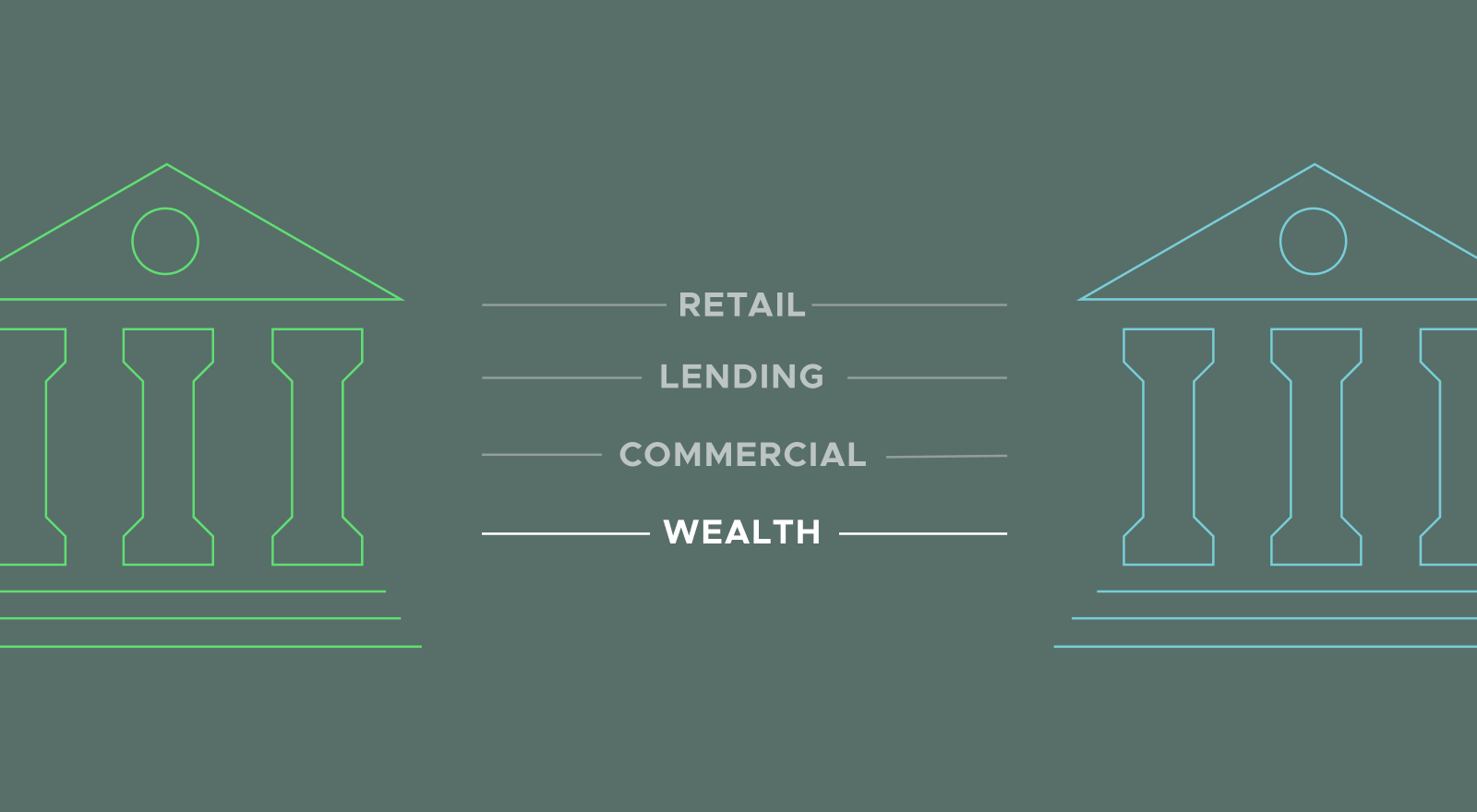Chief Technology Officers (CTOs) at wealth management firms are tied to an annual budget cycle that is no longer conducive to the way technology innovation needs to occur. The arduous annual budgeting cycle that CTOs undertake is often based on what was spent last year. It causes CTOs to go through a time consuming exercise of trying to imagine what projects will be at the top of the list in the coming year and how many hours those potential projects might take to implement. And whatsmore, an additional challenge comes into play when CTOs need budget increases over the previous year. CTOs are forced to make the business case for the increase and calculate ROI. In many instances it is difficult to accurately project the value of necessary technology enhancements that are just part of doing business in today’s ecosystem.
In the past several years, the development process has changed. CTOs are executing on smaller deliverables and timelines rather than the large lengthy technology implementations of the past. Because the development process has changed, it’s time to rethink your firm’s budget process and shift to an agile budgeting process. Agile budgeting helps firms plan for projects when not all of the requirements are known by shifting to a more frequent budgeting schedule that looks at shorter time horizons.
Late last year the Harvard Business Review made the case for An Agile Approach to Budgeting for Uncertain Times. Basically, they say, agile budgeting takes away the attempt to predict the unpredictable, and instead, plan faster and more frequently while implementing lessons learned along the way. We think wealth management firms should move away from traditional annual budgeting exercises toward an agile budgeting strategy.
Benefits of Agile Budgeting
Through an agile budgeting process wealth management firms can realize numerous benefits to their processes that help them achieve end goals. Some of these include:
- Efficiently Meeting Evolving Technology Needs—A firm’s technology demands change rapidly. It can be nearly impossible to anticipate what might be a priority in just six months. Agile budget processing would allow CTOs to quickly implement technology that addresses client needs, business priorities and new business requirements.
- Realistic Plans—Spending time developing plans that ultimately don’t result in action is a futile exercise. With agile budgeting, CTOs can make more meaningful plans by looking at shorter time horizons versus trying to project what’s going to happen at the end of the year.
- Appropriate Resource Allocation—Alignment of technology resources, from analysts to developers to the quality assurance team, on a project six months in the future can lock them into work that may no longer be the top priority when you finally reach the starting point of the project. Agile budgeting allows CTOs to better balance available resources and appropriately match the skills sets of their teams with the scopes of work.
- More Innovation—CTOs can often waste valuable hours planning budgets for projects that are ultimately scrapped later in the year once more is known. An agile budgeting process can significantly reduce the burden on CTOs by reducing the overall time spent on budgeting, allowing them to get back to their real job of innovating for the firm.
How to Move Toward Agile Budgeting
There are a few basic steps wealth management firms should take to transition their budgeting cycle to an agile model in order to make it most effective. They include:
- Understanding Your Constraints—Is your primary constraint your budget or your resources and how does that impact your decision making process when you are looking at projects? For example, if you have a $10 million budget, but you have a headcount constraint that won’t allow you to get that level of work done, you need to understand and plan for that.
- Leveraging Teams of Resources—Establish pods (small teams of product owners and developers) and focus them on specific segments. Then, let them make the best decisions. This tactic works particularly well for smaller projects (usually those under 100 hours).
- Allowing for Flexibility—Empower CTOs to use the resources they need (whether it’s full time staff or contractors) to complete the projects that have the highest level of urgency.
Once wealth management firms look at budgets in a different way, they will gain the ability to effectively implement the right technology at the right time. Their technology teams will increase innovation and execute on projects that provide more strategic value for the firm. Agile budgeting is a tool that will align the business processes with today’s technology development process.
Get in touch to learn more about how F2 Strategy can support your technology budgeting process or other implementation needs.





